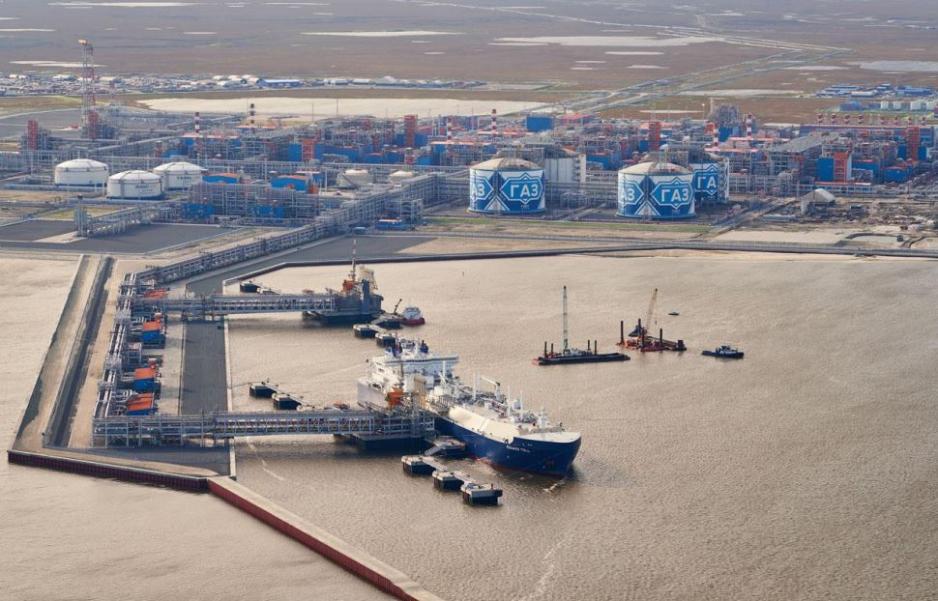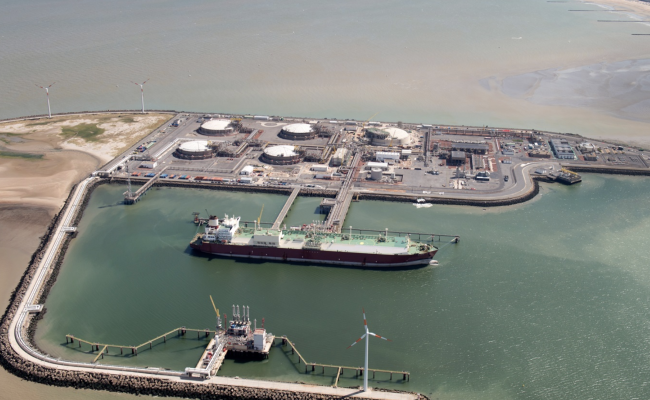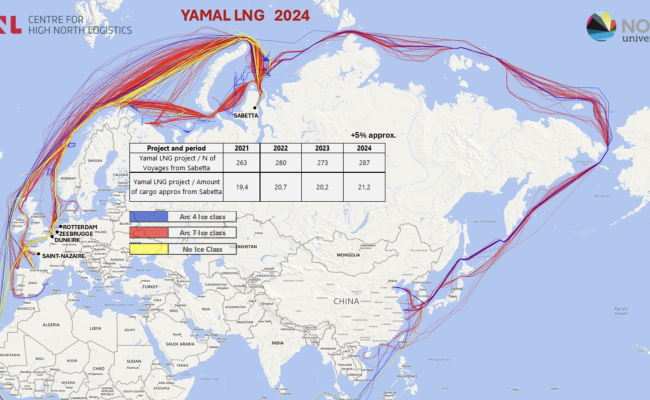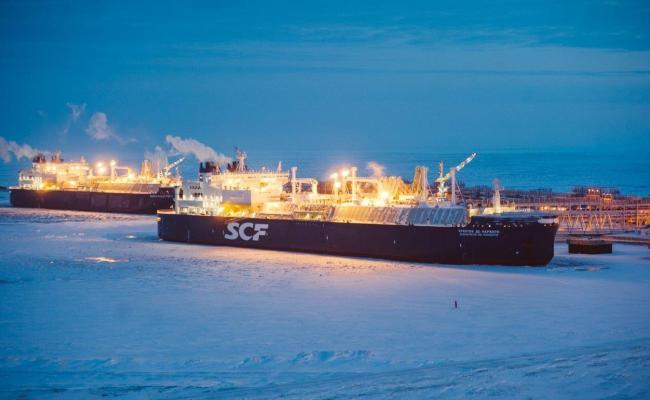Russia to Earn $160bn in Taxes From Northern Sea Route by 2035, Arctic Region Accounts for 7.5 Percent of GDP

Yamal LNG with Arc7 LNG carrier in the foreground. (Source: Novatek)
New government figures highlight the critical role the Arctic plays in Russia’s economy. Projects along the main shipping corridor may generate massive tax revenues over the next decade and account for growing share of the country’s export and GDP.
Despite recent delays large-scale Arctic projects will remain a key driver of Russia’s economy in the future, new government data show.
The Russian government expects resource development in the region to contribute in excess of $160bn in tax revenue to the federal budget over the next decade to 2035.
Western sanctions have halted or slowed down a number of projects along the Northern Sea Route – namely Arctic LNG 2 and Vostok Oil – but existing projects including Yamal LNG and the Arctic Gate oil terminal already provide substantial revenues.
And major Russian businesses Novatek, Gazprom, Rosneft, Norils Nickel, and Lukoil all appear poised to continue their push into the Arctic.
A key region for Russia’s GDP
The region already contributes significantly to Russia’s Gross domestic product (GDP) and exports. In 2024 the Arctic generated 11 percent of exports and accounted for 7.5 percent of the country’s GDP. Those figures are likely to increase in the coming years.
It is one of the key economic engines of Russia's development
In comparison the state of Alaska accounts for only 0.3 percent of U.S. GDP. In neighboring Canada that figure is 0.5 percent for the three northern territories.
"The Arctic is a geostrategic territory on a global scale. It is one of the key economic engines of Russia's development,” said Alexey Chekunkov, Minister for the Development of the Far East and the Arctic, in remarks last week.
Earmarked investments
“As the projects that have already begun are implemented, the importance of the Arctic in the economy, logistics and national security of Russia will only increase,” he continued.
Russia has earmarked investments of $40bn over the next decade to create an economic environment to ensure implementation of all proposed projects.
If the government can meet those significant financial investments, however, remains to be seen.
Also read (The text continues)
President Putin’s lofty goals of reaching 80 million tons of cargo along the route by 2024 did not materialize, with the total tonnage only coming in at slightly less than half of that figure last year.
“The government’s central task is to ensure such conditions for the life and work of people in the Arctic that all plans for the development of the macro-region come true,” Chekunkov concluded.
Shipping generates revenue
The development of infrastructure along the Northern Sea Route, including ports and nuclear-powered icebreakers ensuring year-round access, will be key to implementing the economic plan.
Russia recently commissioned its eighth nuclear icebreaker, the largest fleet it has ever operated, exceeding previous records set during the height of the Cold War. By 2030 the fleet is set to encompass ten vessels.
Shipping traffic associated with oil and liquefied natural gas projects along the Northern Sea Route also generates substantial revenue for Rosatomflot, operator of the country’s nuclear icebreaker fleet.
High fees
Fees for large oil tankers and LNG carriers can reach between $300,000 – $700,000 for a single escort, depending on the size of the vessel, the distance traveled and the time of year. In 2024 Atomflot provided escorts to 976 vessels.
A standard delivery of supercooled gas from the existing Yamal LNG plant racks up icebreaker fees of around $400,000.
Out of a total of 287 shipments in 2024, at least 120 required icebreaker escorts between the months of December and May, likely generating in excess of $50m for Atomflot.
How exactly Western shipping owners and operators of the LNG carriers provide payment to Atomflot is unknown; the Russian state-owned entity has been under sanctions since May 2023.




